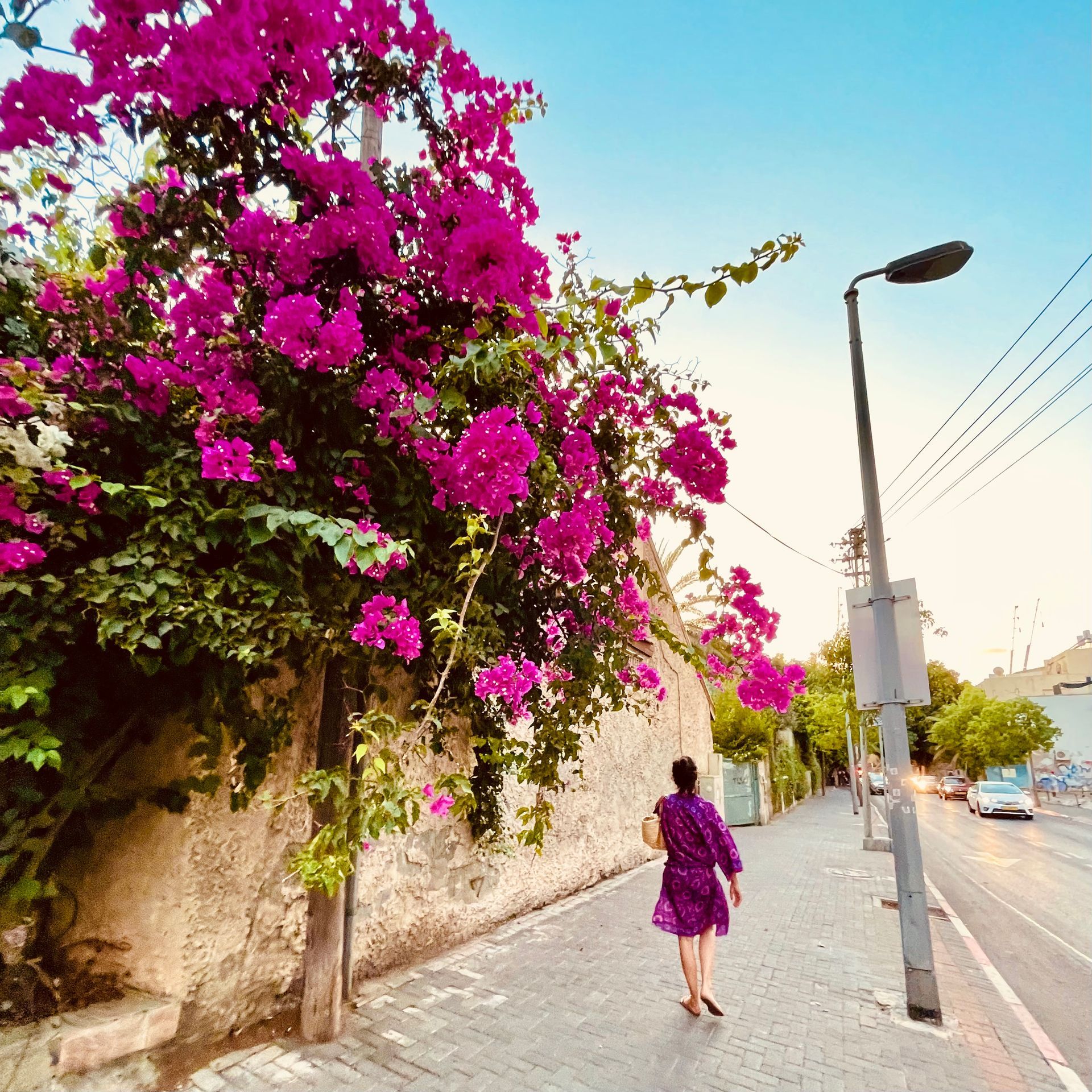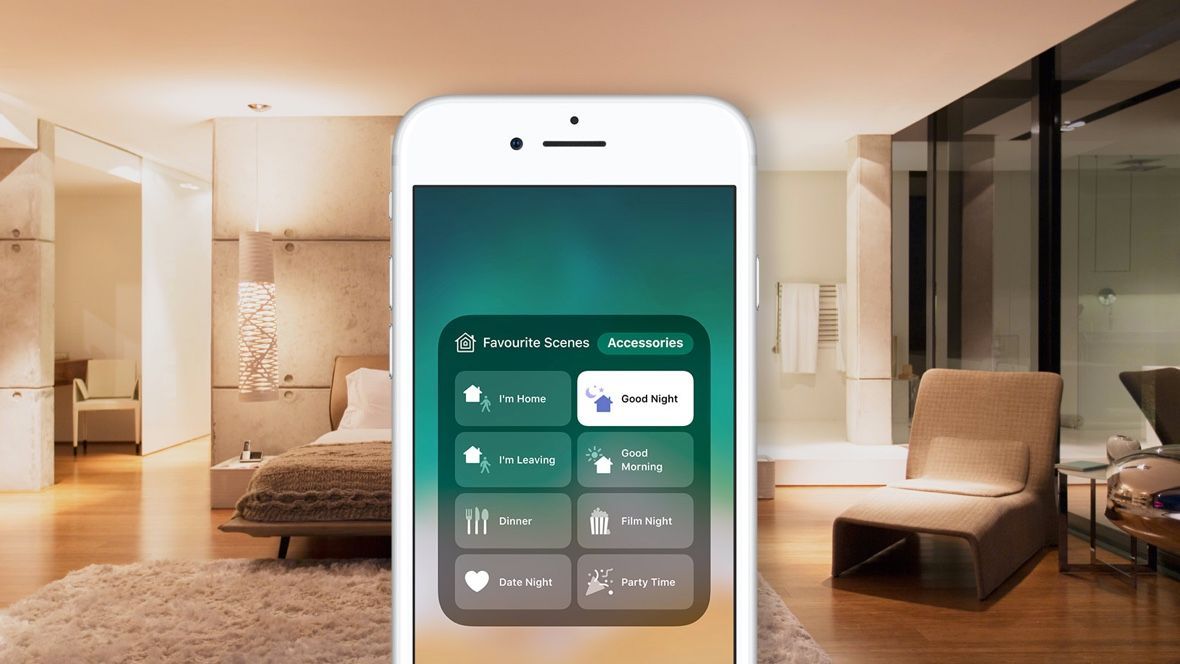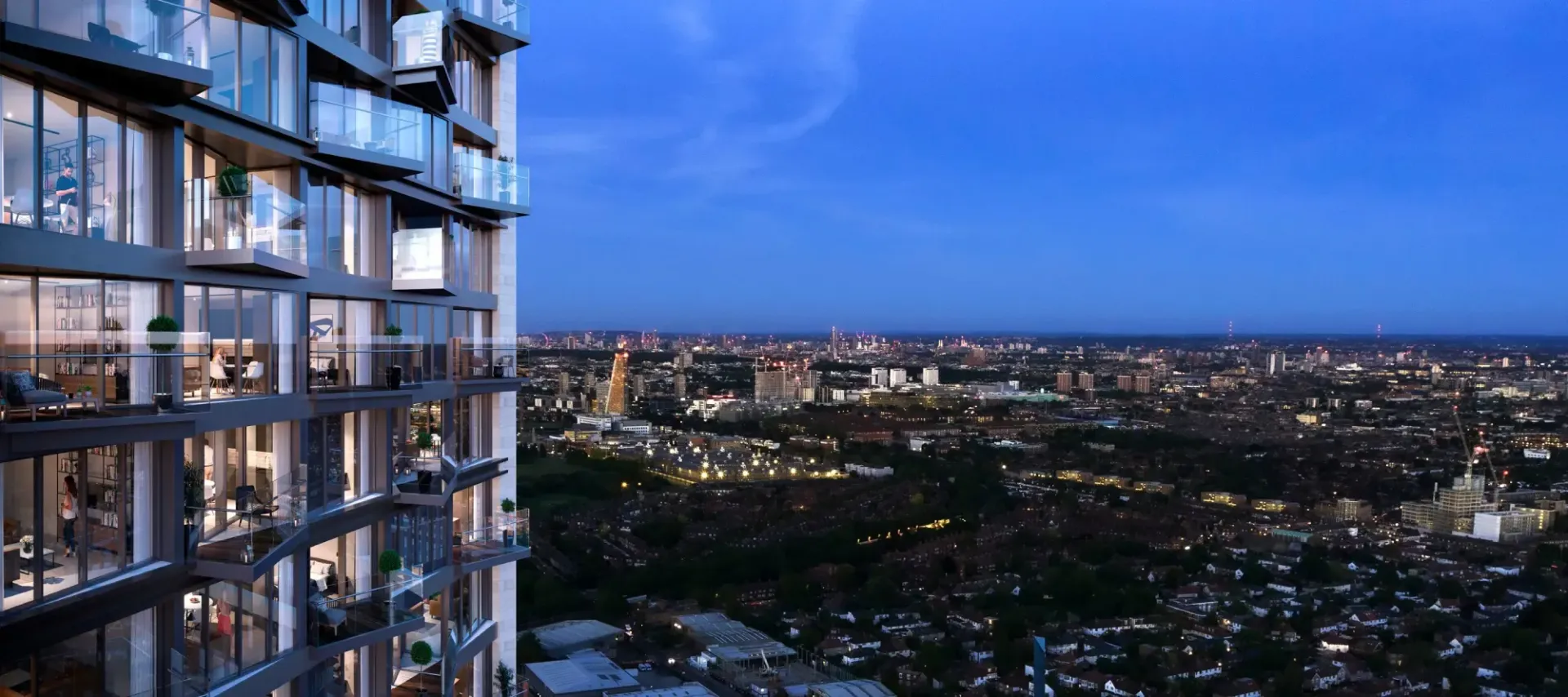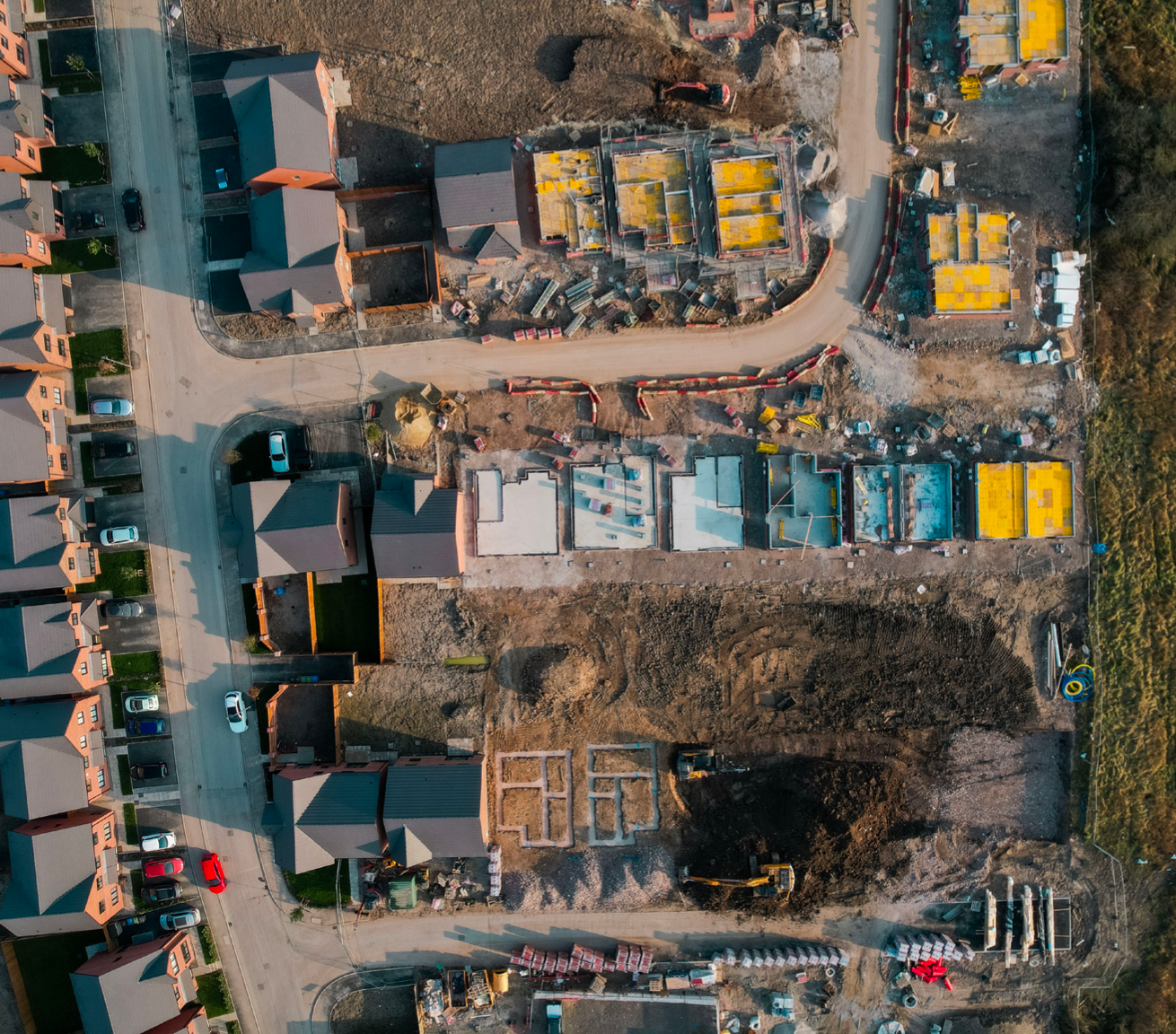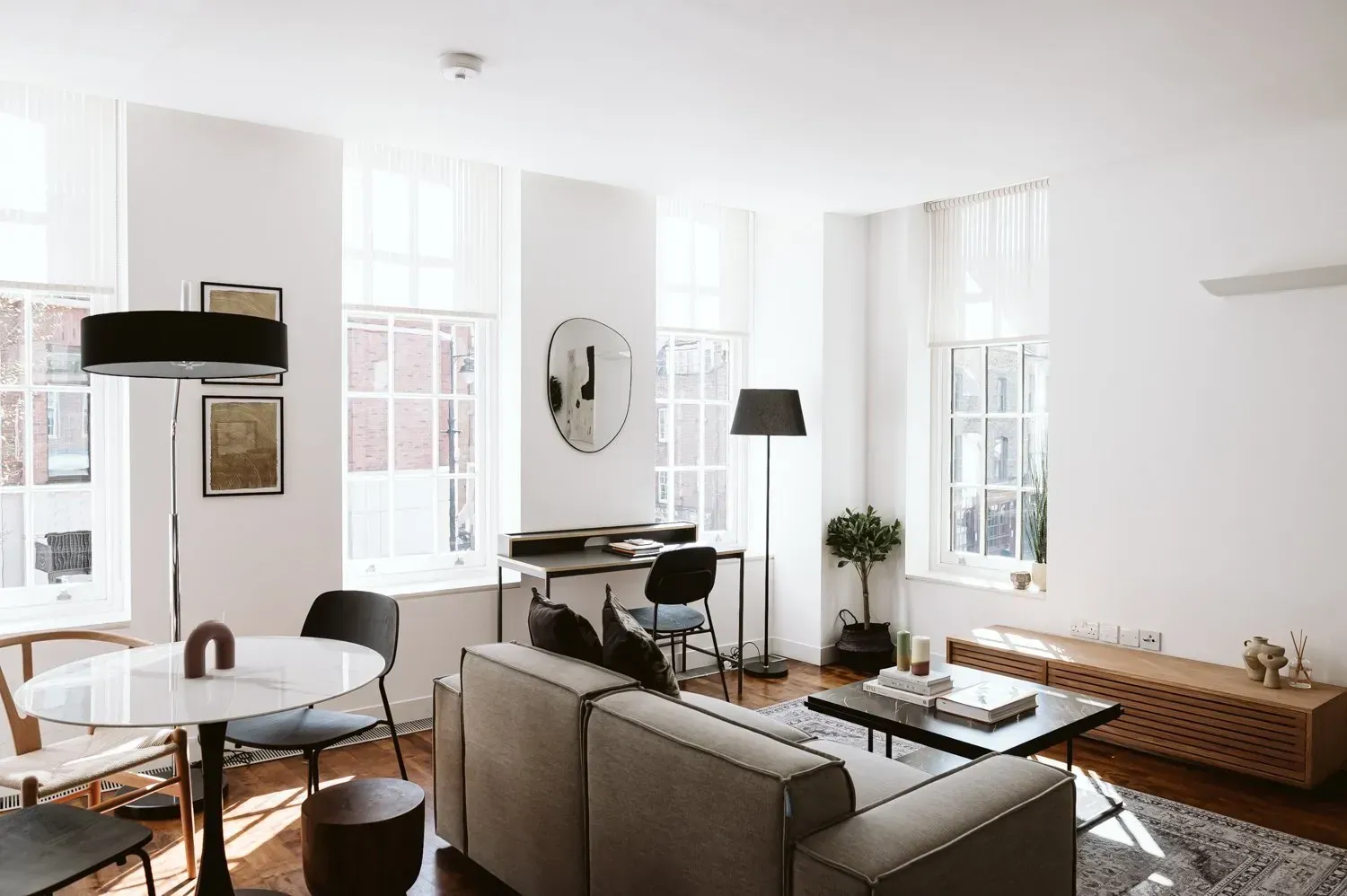WORKING FROM HOME AND IT'S IMPACT ON INTERIOR DESIGN
The COVID-19 pandemic has changed how we work, with millions worldwide transitioning to remote work. This shift has significantly impacted interior design, as people now spend more time at home than ever before. In this blog post, we explore how the working from home concept has affected interior design and why developers need to be aware of this.

First and foremost, remote work has created a need for dedicated home office spaces. Many people are now working from home full-time, which means they require a designated area for work that is comfortable, functional, and visually appealing. This has led to an increased demand for home office furniture, such as desks, chairs, and storage solutions, as well as a home design conducive to productivity and focus.
The rise of remote work has also highlighted the importance of home design for mental health and well-being. With people spending more time at home, living spaces must be designed to promote relaxation, comfort, and calmness. This has increased interest in natural lighting, indoor plants, and warm colour palettes that create a sense of peace and tranquillity.
Moreover, remote work has also increased interest in multi-functional spaces. People spending more time at home require living areas that can serve multiple purposes, such as a living room that can double as a home gym or a kitchen that can also function as a workspace. This has led to a growing trend towards open-plan living spaces that allow flexibility and adaptability.
Developers need to be aware of these shifts in interior design trends and preferences, as they can significantly impact the value and appeal of their properties. Homebuyers and renters are now looking for properties that offer dedicated home office spaces, multi-functional living areas, and features that promote mental health and wellbeing.
In conclusion, the rise of remote work has significantly impacted interior design, with a growing demand for home office spaces, multi-functional living areas, and features that promote mental health and well-being. Developers must be aware of these trends and preferences and incorporate them into their properties to ensure they remain attractive and valuable to potential buyers and renters.
